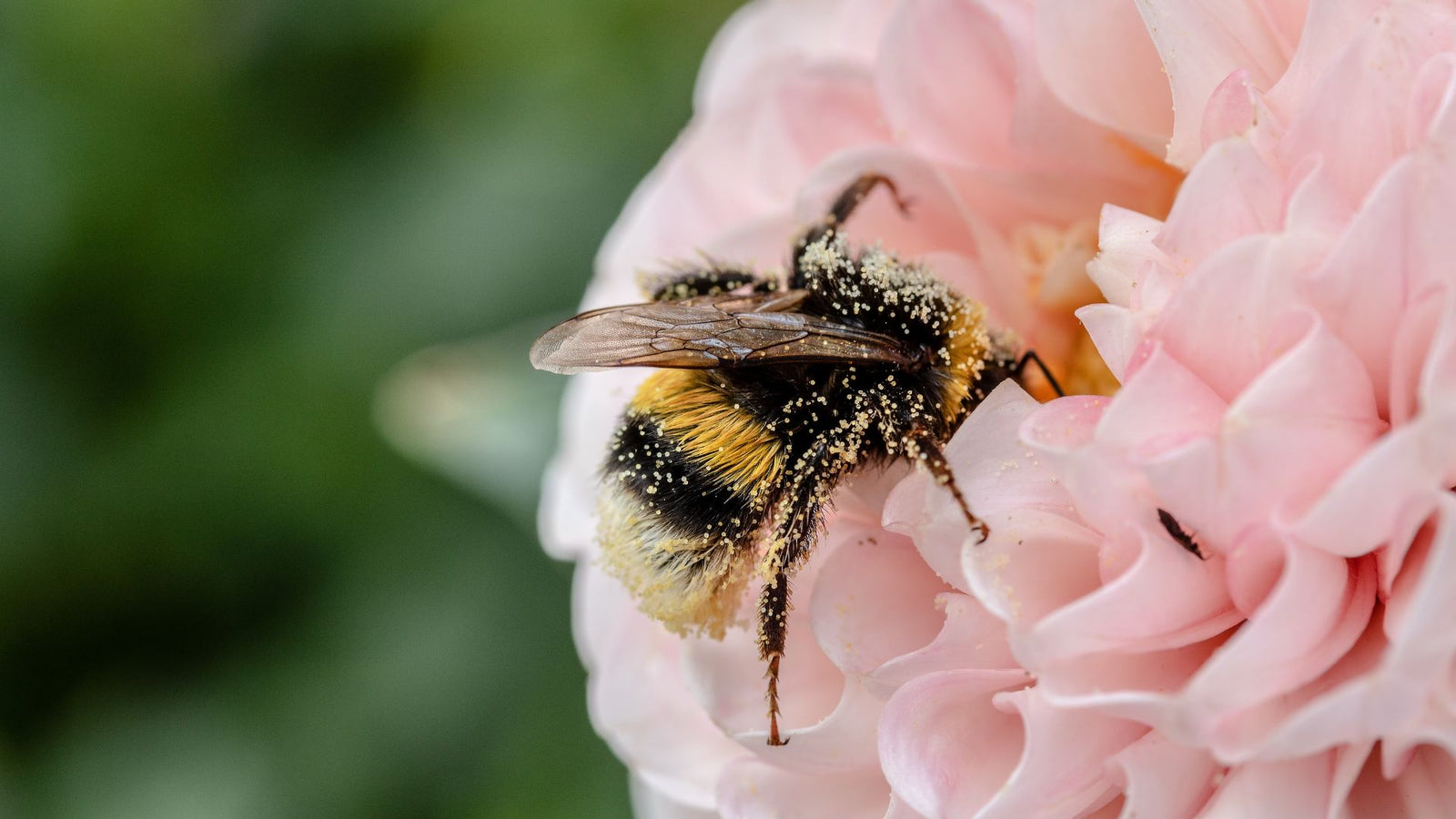Declines in bee populations have made headlines in recent years, both because of the possible reasons for the decline and because bees play such an integral role in ecosystems. Additionally, we rely on bees for food, since they pollinate many of the plants whose fruits and vegetables we eat. If you're a home gardener, you can take steps to make your garden bee friendly. Doing so will not only help your plants - since the bees will pollinate many of them for you - it will also help maintain your local bee population.
Bees consume pollen and nectar from flowering plants, so to attract bees, you will need to plant flowers. Many people assume this means planting ornamental flowers, but many edible plants produce flowers that attract bees as well. Lemon balm, basil, and mint, for example, all beckon to bees.
One of the most important considerations for planting flowers in your yard or garden is the timing of flowering. Plants bloom at different times throughout the year, so select varieties that bloom at a variety of times rather than all at once. Doing so will ensure bees have access to food throughout the growing season. Also consider planting more than one color and shape of flower, as this may attract more bees and allow different sizes of bees to feed on your flowers, according to The Xerces Society for Invertebrate Conservation.
To learn what flowering plants are suitable to your area, it's advisable to check with local gardening organizations. Many university extension programs offer great information about this topic. The important thing to remember is that the answer to the question of what plants attract bees really depends on where you live. For example, poppies are ideal for attracting bumblebees and honeybees in California, but in the upper Midwest, lupine may be a good option. Many gardening resources suggest choosing native plants, too, since research indicates bees are more attracted to them than they are to nonnative varieties.
To further assist bees in your garden, try providing shelter where they can raise their young. To do this, simply leave open patches of soil or sand, since many bees nest underground. Alternatively, dried-out sunflowers from last season's garden can offer nesting space. If you already have a garden, making it a bee-friendly one is worth the effort. You'll help the bees, the bees will help your garden, and the local ecosystem will get just a little bit healthier.

